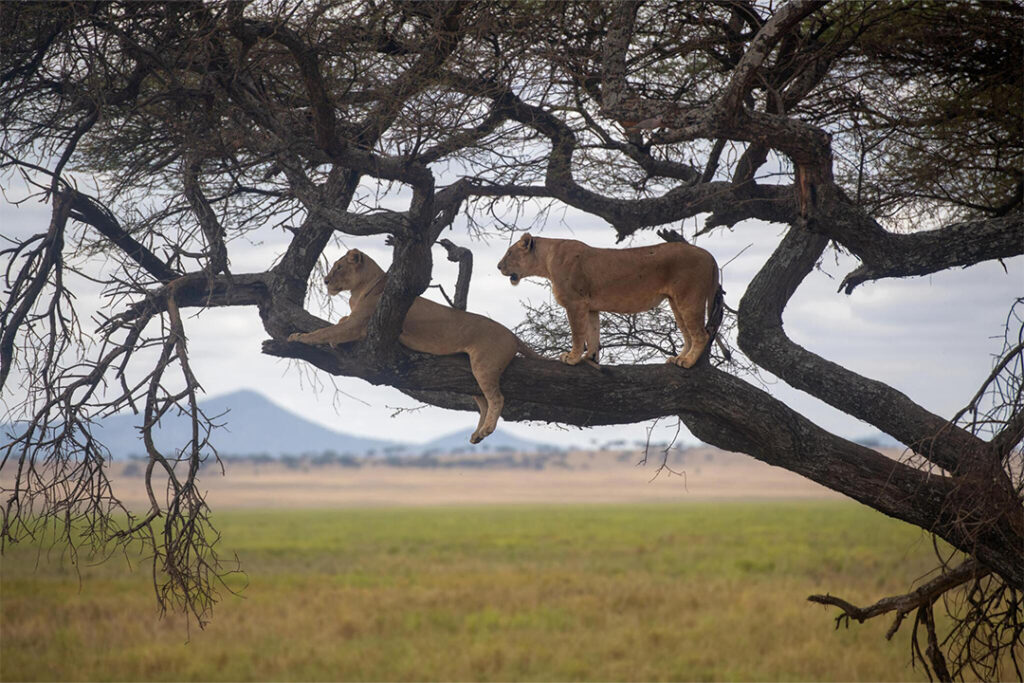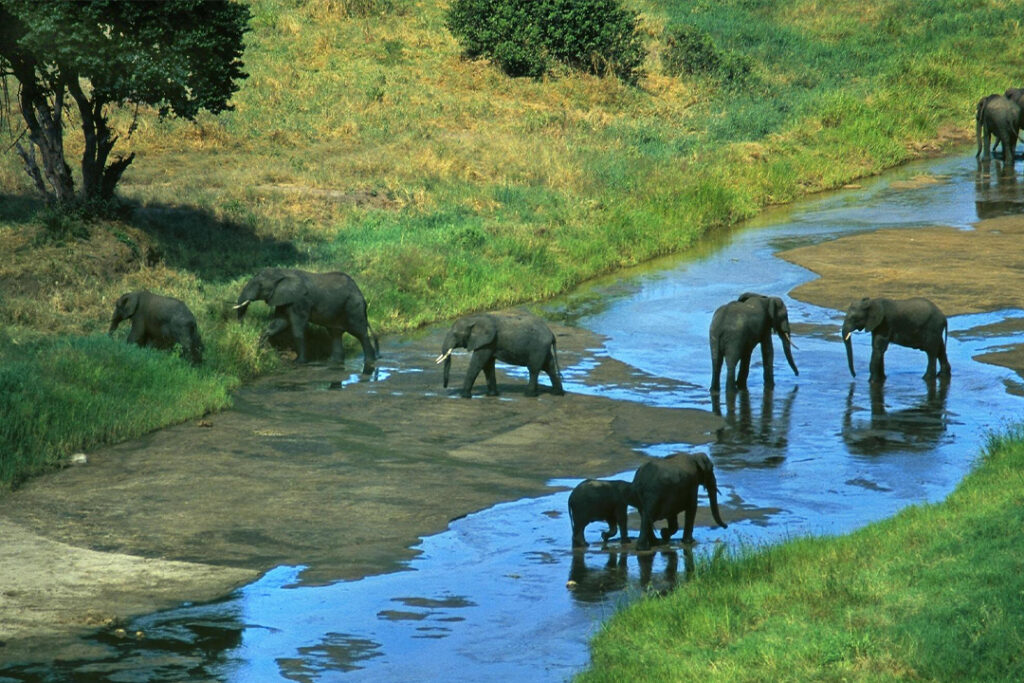TANZANIA NATIONAL PARKS
LAKE MANYARA NATIONAL PARK
Lake Manyara National Park
Lake Manyara National Park is a stunning wildlife reserve located in northern Tanzania, situated at the base of the Great Rift Valley escarpment. Covering an area of approximately 330 square kilometers, the park is named after Lake Manyara, a shallow alkaline lake that dominates its eastern border.
The park’s diverse habitats include groundwater forests, acacia woodlands, open grasslands, and the lake itself, creating a rich and varied ecosystem that supports a wide range of wildlife. Lake Manyara is particularly known for its tree-climbing lions, a unique behavior exhibited by a population of lions within the park.



What Makes Lake Manyara Park Unique?
Tree-Climbing Lions: Lake Manyara is famous for its population of tree-climbing lions, a behavior rarely seen elsewhere. These lions are known to ascend into the branches of acacia trees, providing a unique and captivating sight for visitors.
- Diverse Habitats: The park encompasses a variety of habitats, including groundwater forests, acacia woodlands, open grasslands, and the alkaline lake itself. This diversity of ecosystems supports a wide range of wildlife, from elephants and giraffes to hippos and diverse bird species.


Why Should You Visit the Lake Manyara?
Lake Manyara beckons with its unique allure, inviting visitors to witness nature’s wonders in a compact yet captivating setting. Renowned for its tree-climbing lions, this park offers a rare opportunity to observe these majestic predators lounging in the branches of acacia trees. Beyond the iconic lions, Lake Manyara boasts a rich diversity of wildlife, from elephants to hippos, set against the stunning backdrop of the Great Rift Valley escarpment and the shimmering waters of the lake. Birdwatchers will delight in the abundance of avian species, including vibrant flamingos and elegant storks.
When is The Best Time to Visit Lake Manyara Park?
The best time to visit Lake Manyara National Park is during the dry season, which typically runs from June to October. During this period, the weather is generally dry and sunny, making wildlife easier to spot as they congregate around water sources such as the lake. The vegetation is also less dense, enhancing visibility during game drives. Additionally, the dry season coincides with the peak tourist season, offering optimal conditions for safari adventures with fewer chances of rainfall.

Manyara National Park
Tanzania is renowned for its stunning natural beauty, including Mount Kilimanjaro, the Serengeti National Park, and Zanzibar’s pristine beaches. It’s also known for its diverse wildlife, particularly the annual Great Migration of wildebeest and other herbivores.
Swahili and English are the official languages of Tanzania. Swahili is widely spoken across the country, while English serves as the primary language for government, business, and education.
Most visitors to Tanzania require a visa, which can be obtained upon arrival at major airports and border crossings. However, it’s advisable to check the specific visa requirements based on your nationality before traveling.
The official currency of Tanzania is the Tanzanian shilling (TZS). Major credit cards are accepted in larger cities and tourist areas, but it’s advisable to carry cash for transactions in more remote areas.

